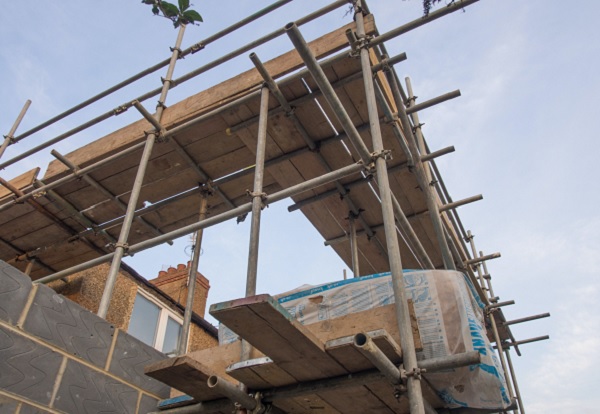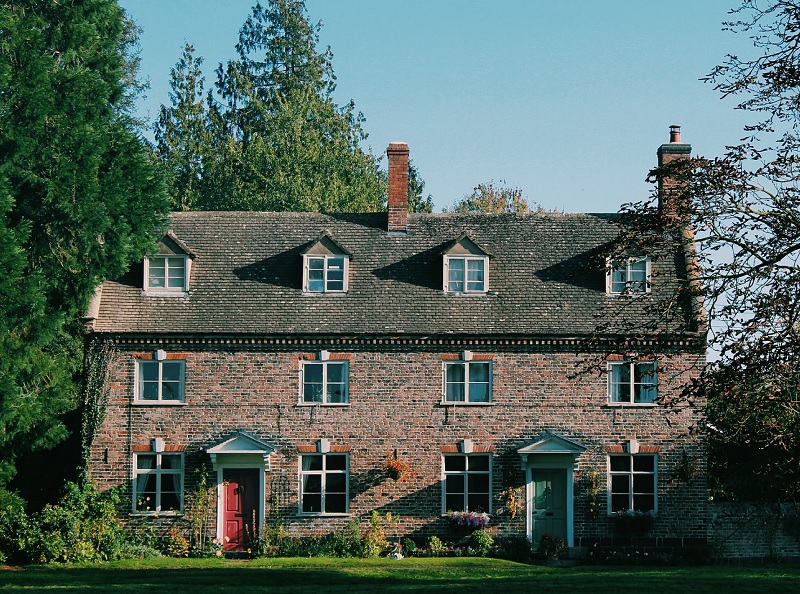To enable commercial properties to be repurposed and making development of brownfield sites easier
In July 2020 a series of planning measures were laid before Parliament to reform the planning system. The government’s intention is twofold to “support the high street revival by allowing empty commercial properties to be quickly repurposed and reduce the pressure to build on green fields land by making brownfield development easier.”
The measures include three sets of amendments to the Town and Country Planning (General Permitted Development) (England) (Order) 2015 (the “GPDO”) and one set of amendments to the Town and Country Planning (Use Classes Order) 1987 (the “Use Classes Order 1987”).
These amendments to the GPDO introduce new permitted developments rights (PDRs) which allow for the development of new residential accommodation without the need for express planning permission. The new PDRs permit the construction of additional storeys on existing residential or commercial premises and the demolition and re-development of freestanding blocks of flats and certain commercial buildings for residential purposes.
The amendment to the Use Classes Order 1987 increases the flexibility to repurpose commercial premises such as shops and offices to uses that were previously in separate classes without applying for planning permission.
Amendments to the Town and Country Planning (General Permitted Development) Order
The Town and Country Planning (General Permitted Development) (England) (Amendment) (No. 2) Order 2020 introduces a series of new classes of PDRs which came into force on 31 August 2020:
Part 1
- Class AA: enlargement of a dwellinghouse by the construction of additional storeys.
Part 20
- Class AA: new dwellinghouses on detached buildings in commercial or mixed use;
- Class AB: new dwellinghouses on terrace buildings in commercial or mixed use;
- Class AC: new dwellinghouses on terrace buildings in use as dwellinghouses;
- Class AD: new dwellings on detached buildings in use as dwellinghouses.
Each class allows for the construction of up to two additional storeys of residential accommodation (but only one storey if the existing property only has one storey), subject to the prior approval of specified matters by the local planning authority and certain limitations, which includes restrictions on height. The old building must have been constructed between 1 July 1948 and 28 October 2018. Premises which have already been developed as a result of a change of use in accordance with other parts of the GPDO are excluded.
One new permitted development right (Class ZA, to Schedule 2, Part 20) came into force on 31 August 2020 which allows for the demolition of a single detached building (which already existed on or before 12 March 2020) that was used for office, research and development or industrial processes, or a free standing purpose built block of flats, and subsequent replacement (subject to an application for prior approval) by an individual detached block of flats or a single detached dwellinghouse. However, the old building must have been built before 1990 and have been vacant for at least six months before the date of the application for approval. Again, premises which have already been developed as a result of a change of use in accordance with other parts of the GPDO are excluded.
The Town and Country Planning (Permitted Development and Miscellaneous Amendments) (England) (Coronavirus) Regulations 2020 introduces three key changes to the GPDO:
- Firstly, the introduction of a new Class A, to Schedule 2 Part 20 of the GPDO. This Class allows for the construction of up to two storeys of new flats on the topmost residential storey of an existing, purpose built, detached block of flats (subject to prior approval by the Local Planning Authority) for specified matters and with certain limitations, including height restrictions. It is required that the existing building must have been constructed between 1 July 1948 and 5 March 2018. Premises that have already benefitted from the pre-existing PDRs to change its use to residential are excluded. Once prior approval has been granted, there is a time limit of three years three years.
- Secondly, it is important to note that anyone seeking to use PDRs to change the use of a premises to residential must ensure that all habitable rooms have ‘adequate natural light’. The local planning authority are obliged to refuse prior approval if this cannot be achieved.
- Thirdly, Class BA to Part 4 of Schedule 2 of the GPDO, doubles the time that land not within the curtilage of a building can be used for temporary purposes between 1 July 2020 and 31 December 2020. Currently this only relates to land not within the curtilage of a building.
Amendments to Town and Country Planning (Use Classes Order)
Section 55(2)(f) of the Town and Country Planning Act 1990 (the “Act”) provides that a change of use of a building or land does not involve a ‘development’ for the purpose of the Act if the new use and former use are within the same use class. Therefore, no planning permission is required to implement a change of use if it is within a Use Class. The provisions in the new Town and Country Planning (Use Classes) (Amendment) (England) Regulations 2020 (the “Use Classes Regulation 2020”) amend the use classes in the GPDO by revoking Parts A and D of the Schedule to the GPDO and inserting a new Schedule 2 which provides for three new use classes, coming into force on 1st September 2020:
- Use Class E (Commercial, Business and Service): which subsumes previous Use Classes A1 (shops), A2 (Financial and Professional Services), A3 (Restaurants and Cafes) and Class B1 (Business) along with uses for indoor sport, recreation or fitness, or for the provision of medical or health service or for a crèche, day nursery or day centre, where principally to visiting members of the public.
- Use Class F.1 (Learning and Non-Residential Institutions): which subsumes some of the uses in existing Use Classes D1 and D2.
- Use Class F.2 (Local Community): which subsumes some of uses in existing Use Classes D1 and D2, along with “a shop selling essential goods, including food, to visiting members of the public” in certain circumstances.
What will not be covered in these new Use classes are pubs, libraries, village shops and other uses that are “essential to the lifeblood of the communities”.
What does this mean?
The reforms are intended to kick-start the construction industry and create new construction-related jobs.
By enabling developers to avoid some of the red tape and costs associated with demolishing and re-developing vacant buildings it is hoped that this will encourage the development of brownfield sites and enable new homes to be developed faster.
The Government’s Planning Policy Paper setting out further details of their plans for radical planning system reforms was due to be published in July 2020. However, this is yet to be published but is expected to address proposals for a ‘zonal’ planning system – growth; renewal; or protection.
If you require advice on planning or any other issues to do with property development, please contact me on [email protected] or call our Residential Conveyancing Team on 01733 882800 or email [email protected].
Subscribe for Updates













